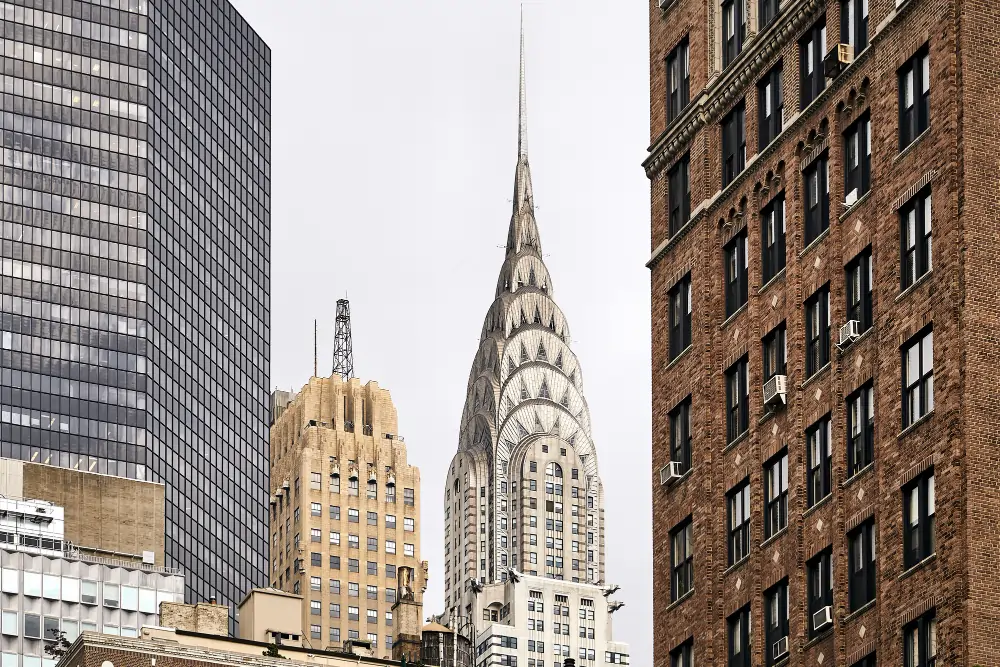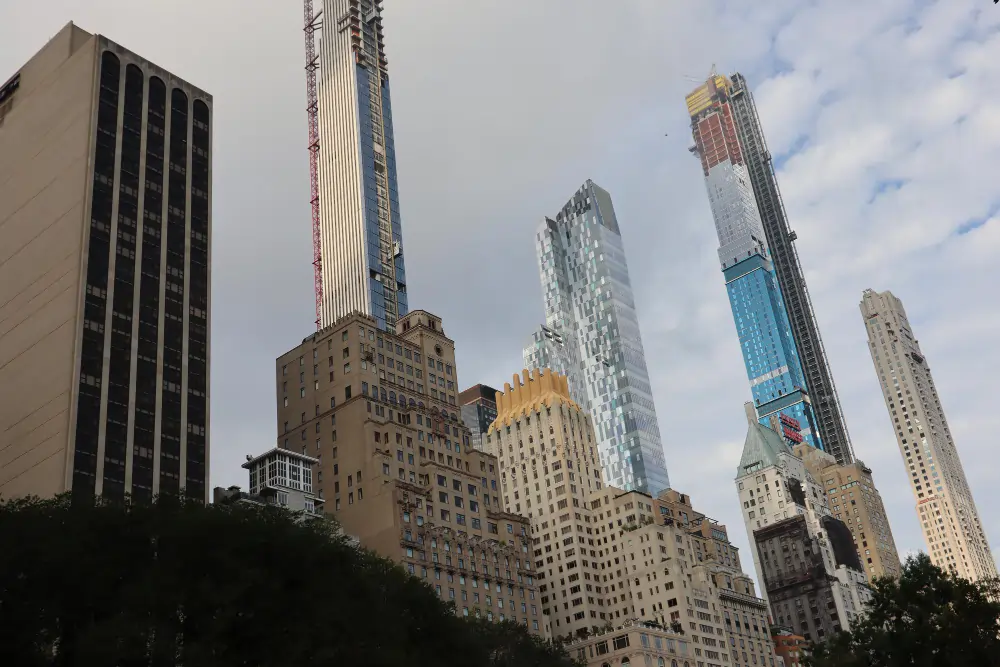Lorem ipsum adipiscing purus fermentum. Praesent vitae quam sed...


With sustainability being at the forefront of today's society, historic preservation and energy efficiency are now the most important areas of discussion among architects, urban planners, and property owners. Many of the historic buildings reflect a key part of our built environment and are important cultural treasures. Nonetheless, many of these structures report high levels of energy consumption and greenhouse gas emissions because of outdated energy systems and low insulation. This blog discusses the significance of sustainable renovations for preserved historic structures.
Old structures are also infused with distinct designs and craftsmanship that represent the identity of a community. Still, many of these buildings were constructed before modern energy-efficiency standards were developed. That's why they usually have issues of poor insulation, shoddy heating and cooling systems, and single-pane windows that lead to excessive energy use.
Global climate goals to mitigate carbon emissions point to the need for energy-efficient historic building retrofits. Buildings contribute to a major part of the total global energy consumption. Improving the energy performance of historic buildings can lower energy use dramatically and help us preserve our cultural heritage.
Historic building energy upgrades are a form of environmental investment, which arguably makes them important in the current scenario. The investments in energy-efficient improvements could result in considerable savings on utility bills in the long run. In addition to this, well-managed and energy-efficient properties have a higher market value and an enhanced likelihood of attracting tenants or buyers. So, even if some sort of investment is needed in the beginning, these upgrades bring long-term savings. That is why they are really good choices for anyone looking for some financial savings.
While upgrading historic buildings clearly provides benefits, navigating several challenges requires careful consideration.
Although there are obstacles in maintaining historic structures, several methods exist to improve energy efficiency without compromising their historical significance. By blending contemporary methods with respect for architectural importance, these enhancements can develop sustainable environments that celebrate history while welcoming the future.
A highly effective method to improve historic preservation energy efficiency is by upgrading insulation. Conventional insulation techniques might not always be appropriate for historic buildings, yet modern solutions have been developed to tackle these issues. Internal insulation, for instance, consists of placing a thermal barrier on the inside of exterior walls. This approach safeguards the building's outer appearance while enhancing energy efficiency.
An alternative choice is the use of breathable insulating fabrics, which enable moisture to leave while providing superb thermal resistance. These materials avert harm from retained moisture and guarantee the lasting strength of historic walls.
Improving heating, ventilation, and air conditioning systems can greatly increase the energy efficiency of a historic building. Modern HVAC systems are designed for efficiency and minimal disruption, making them ideal for integration into current buildings. Zoned heating and cooling systems enable accurate temperature control, reducing energy consumption by channeling resources solely to spaces that need them. In addition, energy-saving appliances such as contemporary boilers or heat pumps can provide significant energy savings while reducing the environmental footprint of the building.

Windows are essential for a building's thermal efficiency, and enhancing their performance can greatly decrease heat loss. Upgrading windows with energy-efficient options is a great method to accomplish this while preserving their historical look. Secondary glazing is a favored approach that introduces an extra layer of glass to current windows, improving insulation while preserving the original look. Likewise, low-emissivity coatings on window panes reflect heat while permitting natural light to enter.
Utilizing renewable energy options like solar panels or geothermal systems can greatly diminish a building's carbon footprint. When installing solar panels, it is crucial to make sure their positioning does not compromise the historical character of the building. Panels mounted on roofs can be strategically placed to strike a balance between energy efficiency and visual appeal. Geothermal heating and cooling systems, leveraging consistent underground temperatures, offer an effective and eco-friendly alternative for historic structures.
Intelligent building solutions provide creative methods to track and control energy usage. Energy management systems offer real-time information, enabling property owners to monitor usage trends and make knowledgeable choices. Smart thermostats that learn user preferences and automatically modify heating or cooling schedules help achieve additional energy savings. These technologies can be smoothly incorporated into historic properties, allowing for effective energy usage while preserving their classic appeal.
As cities expand and develop, incorporating energy efficiency into historically preserved buildings will become more essential. The creation of guidelines and standards establishes a framework for enhancing energy efficiency while honoring cultural heritage.
Upcoming initiatives will probably entail increased cooperation among architects, engineers, conservationists, and policymakers to develop comprehensive strategies that emphasize both sustainability and heritage preservation. By adopting new technologies and methods, we can guarantee that our historic structures continue to serve as functional spaces that benefit our environment.
The journey to accomplishing significant energy improvements in historic buildings is filled with obstacles but also offers abundant chances for creativity and innovation. By concentrating on sustainable renovation methods and adopting green retrofitting strategies, we can maintain our architectural legacy while progressing toward a more sustainable future. Investing in these improvements not only boosts the functionality and comfort of historic structures but also guarantees that they continue to convey their narratives for future generations.
Lorem ipsum adipiscing purus fermentum. Praesent vitae quam sed...
Lorem ipsum adipiscing purus fermentum. Praesent vitae quam sed...